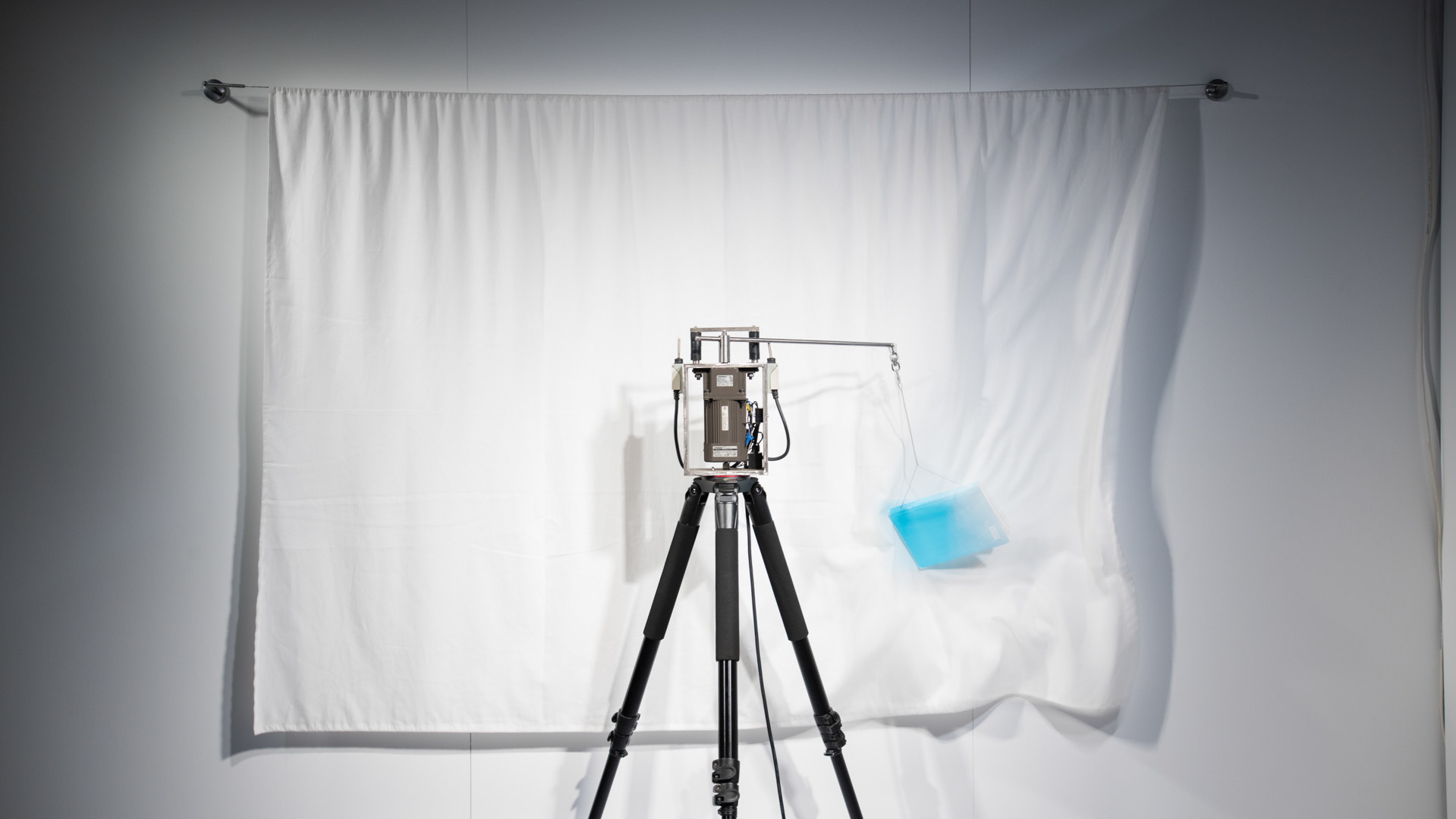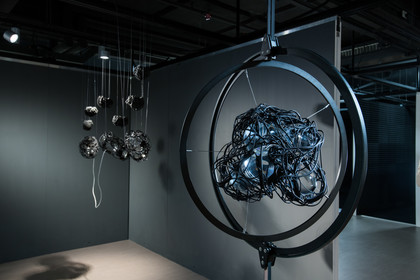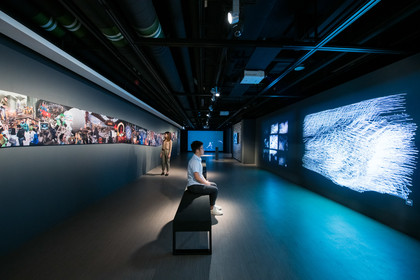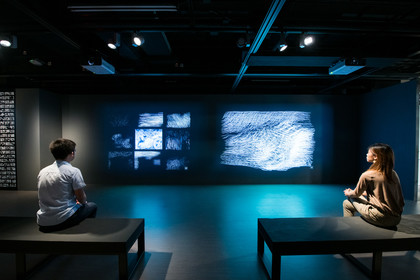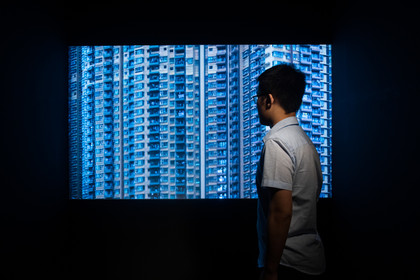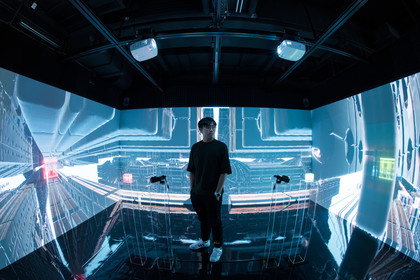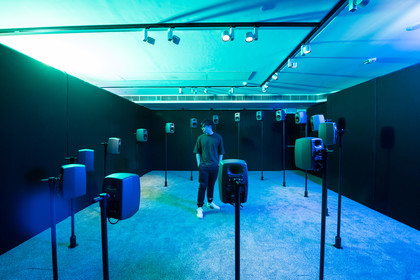When we see a creature using a stone to break open a nut, we witness an ur operation that adumbrates the entire gamut of technical prosthesis and augmentations that are the hallmark of human ingenuity. The history of art making is on the one hand a history of iconography and representation (of signs) and, on the other hand, a history of maker tools and materials (of technology). These two are inextricably linked, because the maker technologies both constrain and liberate the scope (the texture) of what can be expressed. Furthermore, the voracity of the expressive desire continuously provokes the 'invention' of new technologies ranging from new painting and sculpting materials to photography, cinematography and today's digitality.
Thinking about 'machine art' one can position certain differences in the ways in which machines have been instrumentalized:
- The artists who use existing machines to help them create their artworks. In this case these machines remain in the background. The Renaissance painters' use of the camera obscura is an example, while a contemporary sculptor may utilize scanners and 3D printing.
- The artists who construct/invent machines to help them create their artworks, which can be either hardware or software machines (or both). Again, while these machines stay in the background, they are very important as they have been conceived and crafted to achieve specific artistic goals. The custom hardware/software apparatus that Larry Cuba built to make 3/78 (Objects and Transformations), 1978, is such a case (fig. 85).
- The artist who integrates machines as part (or the entirety) of the actual expression of the artwork. Here the operational properties of various machines are given aesthetic, conceptual and often ludic status. The works of Jean Tinguely (figs. 24, 25) and Rebecca Horn are of course superb examples.
- The artist whose work is inspired by, or expresses, an aspect of the machine. Here it is not an actual machine that is involved in the creation of the work but the idea of a machine, as in the works of so many modern artists (e.g. František Kupka, Fernand Léger) in the early part of the 20th century.
Our engagement with the world is fundamentally sensual. We are embodied because we feel, touch, see, hear and smell our surroundings, and within this sensorium emerges the universal narratives of self-awareness, reflection (and fragility). Humans have from the beginning nurtured and expanded rich modalities of sensual expression in music, dance, theater, art, craft, etc. This is often achieved by means of the construction of machinic augmentation and prosthesis, ranging from the sounds created by musical instruments to the forms created by computational algorithms.
"Art Machines: Past · Present", co-curated by Profs Richard Allen and Jeffrey Shaw from the School of Creative Media, City University of Hong Kong, explores the long-standing connection between art-making and machines. Starting with aesthetic modernism in art and film and tracking the emergence of cybernetic art in the post-war period, the exhibition provides a context for understanding new media art within this tradition of artmaking through and with machines, exploring the diverse facets of this relationship: robotic art; sound art; computational art, machine learning art, etc. Using these categories, the curators have selected works from such contemporary Hong Kong artists as Samson Young, Kingsley Ng, Carla Chan, Max Hattler, Tamas Waliczky, Tobias Klein, Miu Ling Lam, Hector Rodriguez, Bryan Chung and Vvzela Kook, to name a few. The range and breadth of artistic production connects back to earlier art machines, while also taking the public forward into an unknown, often imaginary future.
+ Introduction from the book
EXHIBITION RECORD
2021/11/24 - 2021/05/02 : Indra and Harry Banga Gallery, City University of Hong Kong, Hong Kong, China, 2020
